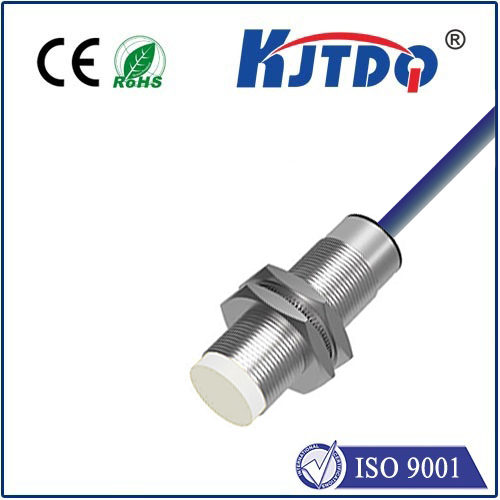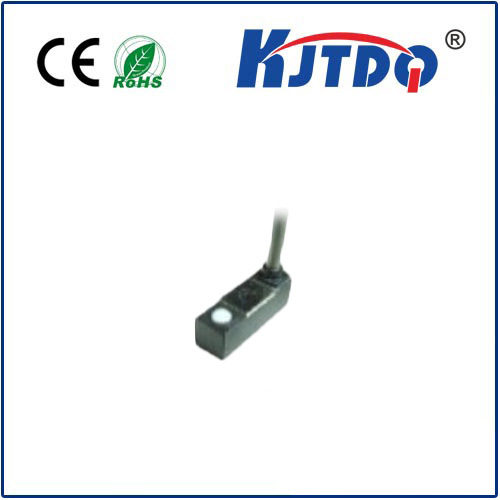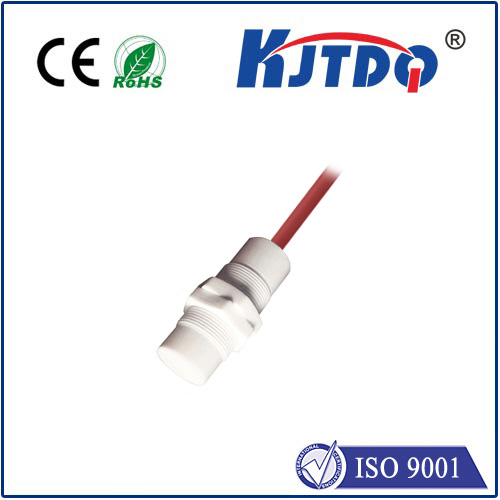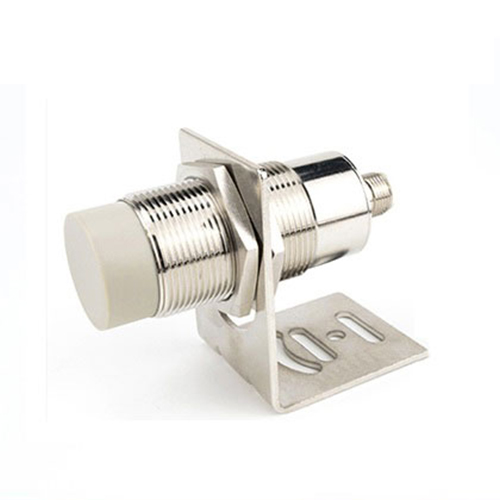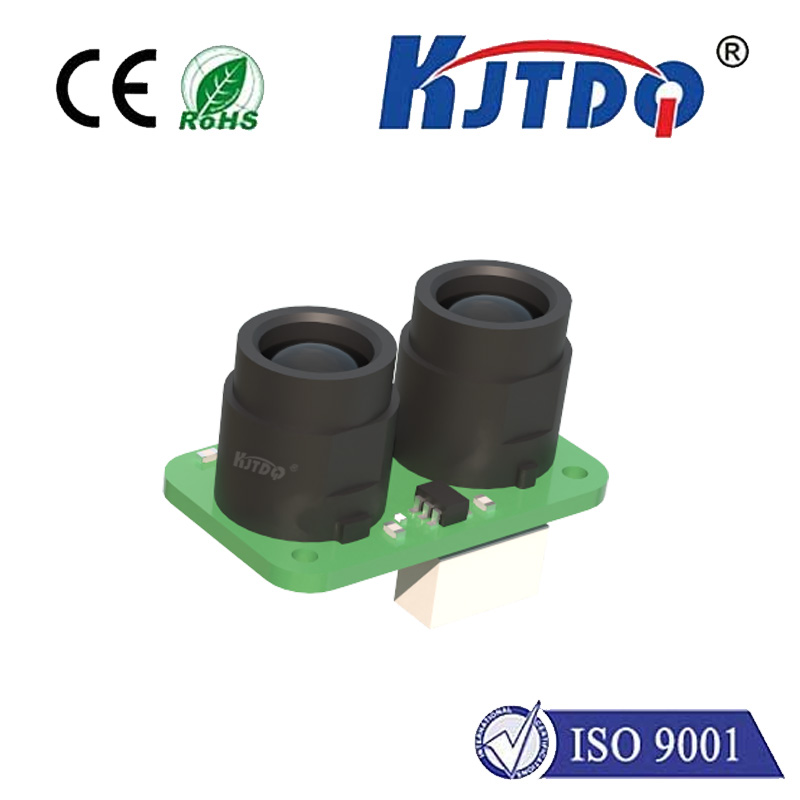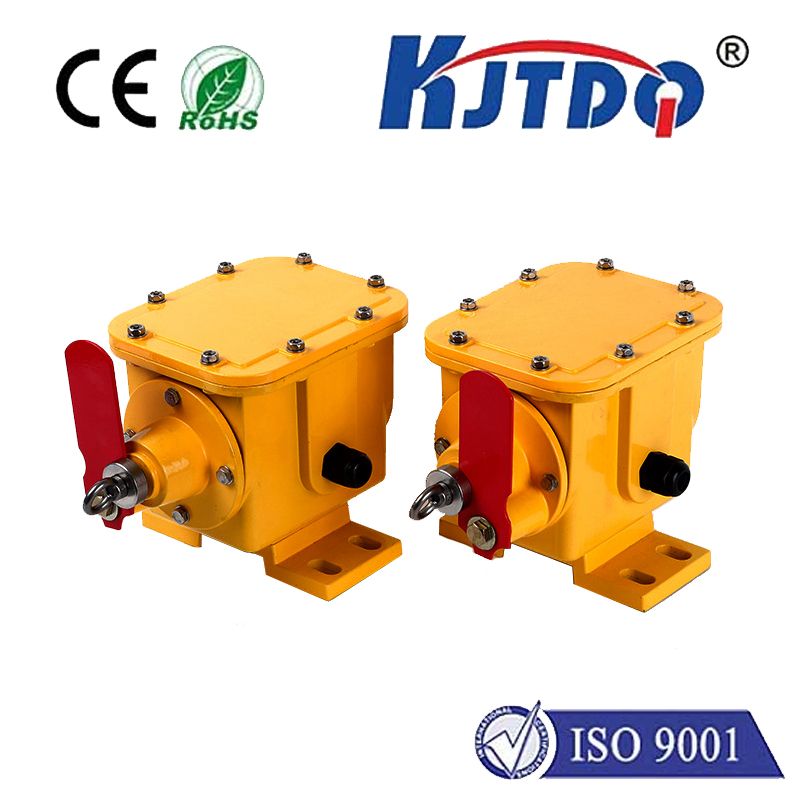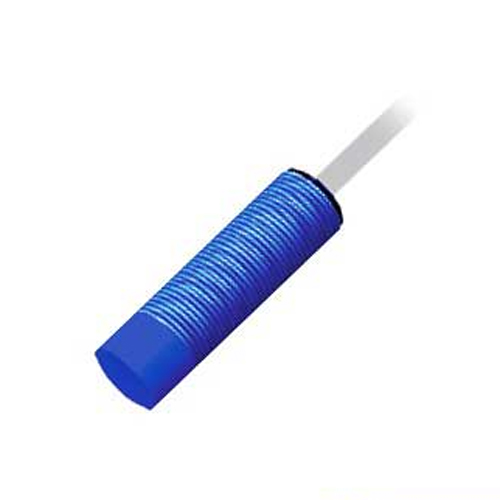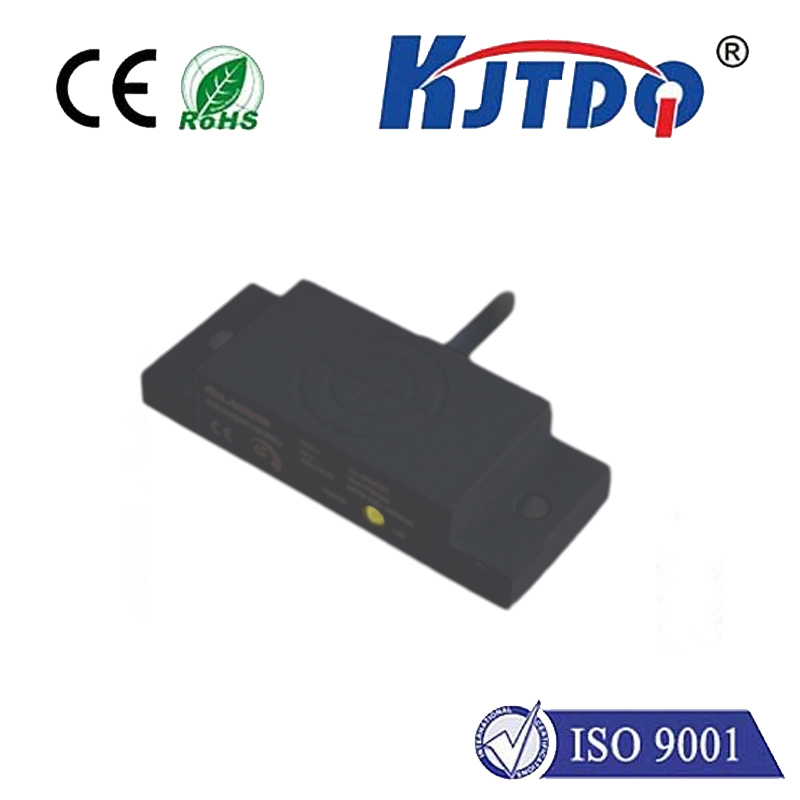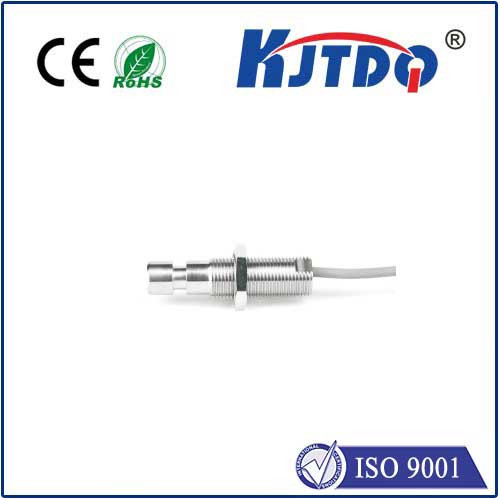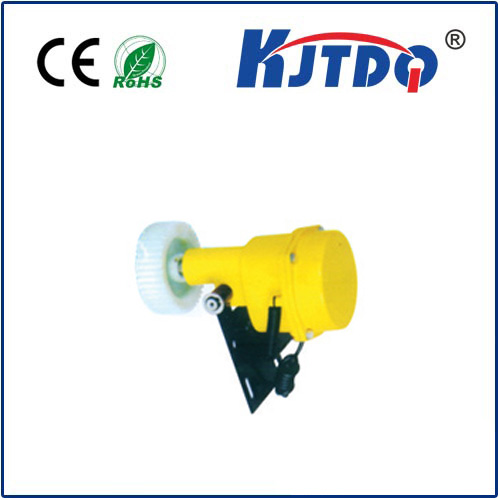

check

check

check

check
Optical Fiber Sensors: The Future of Sensing Technology
In today’s rapidly evolving technological landscape, the demand for reliable, efficient, and precise sensing solutions has never been greater. Among the many innovations in this field, FU-94 optical fiber sensor stands out as a revolutionary advancement that is reshaping how we monitor and measure physical phenomena. These sensors leverage the unique properties of optical fibers to provide high-accuracy, long-distance, and environmentally robust measurements. Whether in industrial automation, environmental monitoring, or medical diagnostics, FU-94 optical fiber sensors are playing a pivotal role in pushing the boundaries of what is possible.
FU-94 Optical Fiber Sensor: A Game-Changer in Sensing Technology
The FU-94 optical fiber sensor is designed to measure a wide range of physical parameters, including strain, temperature, pressure, and vibration. Unlike traditional sensors that often require complex wiring and are prone to interference, FU-94 uses light to transmit signals, eliminating the need for electrical connections and reducing the risk of signal distortion. This makes it ideal for applications where space is limited or where electromagnetic interference is a concern.

At the heart of FU-94 is the principle of light modulation. By sending light through a fiber optic cable, the sensor can detect minute changes in the optical path, which are then converted into electrical signals. This process is highly sensitive and allows for real-time data acquisition, making it a valuable tool in modern monitoring systems. The sensor’s ability to operate in harsh environments, including high temperatures and humidity, further enhances its versatility and reliability.
Key Advantages of FU-94 Optical Fiber Sensor
One of the most significant advantages of FU-94 optical fiber sensors is their non-intrusive nature. Traditional sensors often require direct contact with the object being measured, which can damage the material or introduce errors. In contrast, FU-94 operates passively, meaning it does not require physical contact and can be installed in a variety of configurations. This makes it particularly useful in applications such as structural health monitoring, where the sensor must be placed in hard-to-reach areas.
Another key feature is its high accuracy and repeatability. The sensor’s design ensures minimal drift over time, providing consistent and reliable readings. This is especially important in critical applications such as aerospace, where even minor inaccuracies can have significant consequences. Additionally, FU-94 supports multi-parameter sensing, allowing a single sensor to monitor multiple variables simultaneously, thus simplifying system design and reducing costs.
Applications of FU-94 Optical Fiber Sensor
The versatility of FU-94 optical fiber sensors means they are used across a wide range of industries. In industrial automation, they are employed to monitor the condition of machinery and predict maintenance needs. In environmental monitoring, they are used to track air quality, temperature, and humidity in real time. In medical applications, FU-94 is used in diagnostic devices to measure biological parameters such as blood pressure and glucose levels.
Moreover, the sensor’s ability to operate in extreme conditions makes it suitable for use in space exploration, where environmental factors are challenging. NASA and other space agencies have already tested FU-94 in various space missions, demonstrating its reliability in the most extreme environments.
Conclusion
As technology continues to advance, the role of FU-94 optical fiber sensor is becoming increasingly important. Its unique design, high accuracy, and versatility make it a critical component in modern sensing systems. Whether in industrial settings, environmental monitoring, or medical applications, FU-94 represents a significant leap forward in the field of sensing technology. With ongoing research and development, the future of FU-94 optical fiber sensors looks promising, offering new possibilities for innovation and efficiency.
